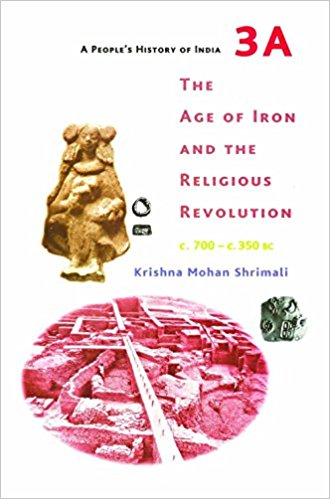The book under review is part of a series titled A People’s History of India whose general editor is Irfan Habib. It deals with the period between c. 700 and c.350 bc in which several important historical developments have been identified in the spheres of economy, society, polity and religion and each of these is discussed separately in the four chapters of the book. The first chapter takes up the much debated issue of iron, surplus and economic change. While the earliest occurrences of iron artifacts have been archaeologically attested from about 1000 bc in the Gangetic valley, Professor Shrimali is somewhat sceptical about these early dates on two accounts: one due to inconsistent radiocarbon dates and the other being a misreading of the stratigraphy. The beginning of iron around 800-700 bc has been considered here to be more acceptable.
Even then, the point is made that the true Age of Iron, marked by a rapid spread of iron, can only be placed between the sixth and fourth centuries bc. Further the Iron Age is viewed as representing a new stage in the progress of agricultural and craft production. Although information about agricultural implements, crops and irrigation has been listed from textual and archaeological evidence, a little discussion on subsistence strategies would have been useful.

